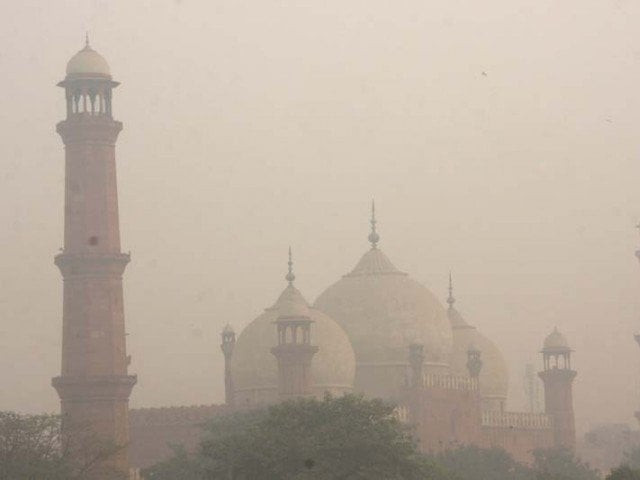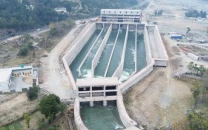CM Maryam launches China-inspired plan to combat Lahore’s pollution
Chief Minister Maryam Nawaz Sharif orders installation of water sprinkling systems at 1,500 construction sites.

Punjab Chief Minister Maryam Nawaz Sharif has decided to implement a modern method to combat air pollution and dust in Lahore, inspired by China's practices.
Maryam Nawaz has ordered the installation of water sprinkling systems at 1,500 construction sites in Lahore. This technology, locally developed, has been tested over the last three weeks.
Following the success of these trials, the Environmental Protection Agency (EPA) has decided to implement it practically.
The CM directed the Communication and Works (C&W) Department and Lahore Development Authority (LDA) to immediately install the "Water Sprinkler System."
The system works by spraying water in a fountain-like manner to prevent dust and debris from rising at construction sites.
The CM also ordered the installation of the water sprinkler system at the Qaddafi Stadium by January 15, Express News reported.
As per the decision, construction sites will be required to cover their sites with green cloth to prevent cement, dust, and soil from spreading during construction work.
The decision also includes a provision that if the water sprinkling method is not followed after February 10, legal action will be taken.
Senator Maryam Aurangzeb stated that the use of water sprinklers and misting techniques would accelerate the mission to eliminate smog and improve air quality.
The Environmental Protection Agency (EPA) has been working for the past nine months to combat air pollution.
She emphasized that for environmental improvement, a change in behavior, the cooperation of every citizen, and the use of modern machinery and methods are essential.
Earlier, the health sector in Punjab had to cope with a large number of patients affected by smog and air pollution in 2024 but at the same time the provincial government launched several new projects and schemes to improve the healthcare services for the citizens.
The government launched health infrastructure projects, a free medicines initiative, the Sehat Sahulat Programme and public-private partnerships. The provincial health budget was also increased.
However, in the last three months of the year, millions of people suffering from ailments caused by smog and pollution sought treatment.
The hospitals faced an increased workload as a large number of people were inflicted by respiratory, heart and eye diseases.
Besides this, dengue fever emerged as a challenge for the health department at the mid of the year. The populous districts of Punjab, including Rawalpindi, Lahore, Faisalabad and Multan, were the centre of the disease.



















COMMENTS
Comments are moderated and generally will be posted if they are on-topic and not abusive.
For more information, please see our Comments FAQ